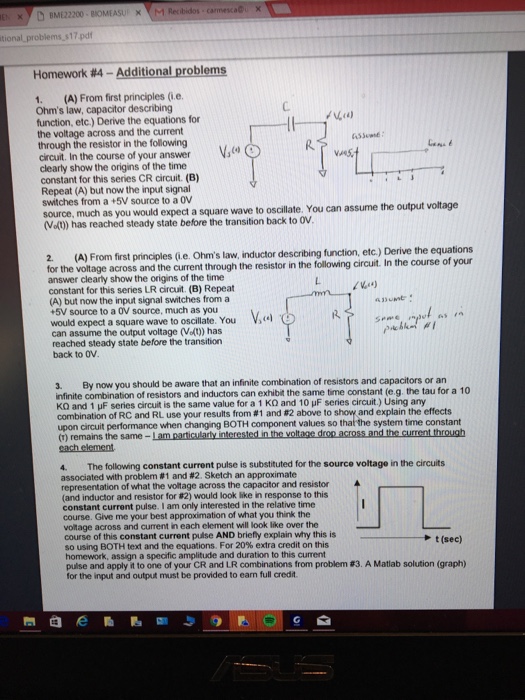Derivation Of Ohm S Law From First Principles

Where i is the current through the conductor in units of amperes v is the voltage measured across the conductor in.
Derivation of ohm s law from first principles. Ohm s law is a rule of thumb as opposed to a law of nature. A component will only obey ohm s law at constant temperature meaning that the temperature must not change. The si unit of mobility is m 2 s 1 v 1 or ms 1 n 1 c. Introducing the constant of proportionality the resistance one arrives at the usual mathematical equation that describes this relationship.
Ohm s law description of the relationship between current voltage and resistance the amount of steady current through a large number of materials is directly proportional to the potential difference or voltage across the materials thus if the voltage v in units of volts between two ends of a wire made from one of these materials is tripled the current i amperes also triples. A simple formula ohm s law is used to show the relationship of current voltage and resistance. Principles and definition of ohms law 18. One can easily think of a counter example.
Ohm s law states that the voltage or potential difference between two points is directly proportional to the current or electricity passing through the resistance and directly proportional to the resistance of the circuit the formula for ohm s law is v ir this relationship between current voltage and relationship was discovered by german scientist georg simon ohm. This leads to kubo s formula for the electric conductivity which relates sigma to the zero frequency limit of the retarded current current correlation function. For example given any macro. That makes it much easier to predict current when given a voltage.
As by the relation of the current and drift velocity already discussed i anev d 1. Ohm s law describes the relationship between current resistance and voltage. We can calculate using ohm s law what resistor is needed to get a specific current. V ir where v is the voltage across the conductor i is the current flowing through the conductor and r is the resistance provided by the conductor to the flow of.
Ohm s law the principle of electronic circuits there are many properties of electricity but some of the most basic are explained by ohm s law. Ohm s law vec jmath sigma vec e can be derived rigorously in the limit of small electric fields using linear response theory. Ohm s law is named for german physicist georg ohm 1789 1854. It works because people build resistors out of stuff that approximately follows ohm s law for limited ranges.
Principles and definition of ohms law 17. Components which obey ohm s law are wires and resistors. Ohm s law states that the current through a conductor between two points is directly proportional to the voltage across the two points.


















